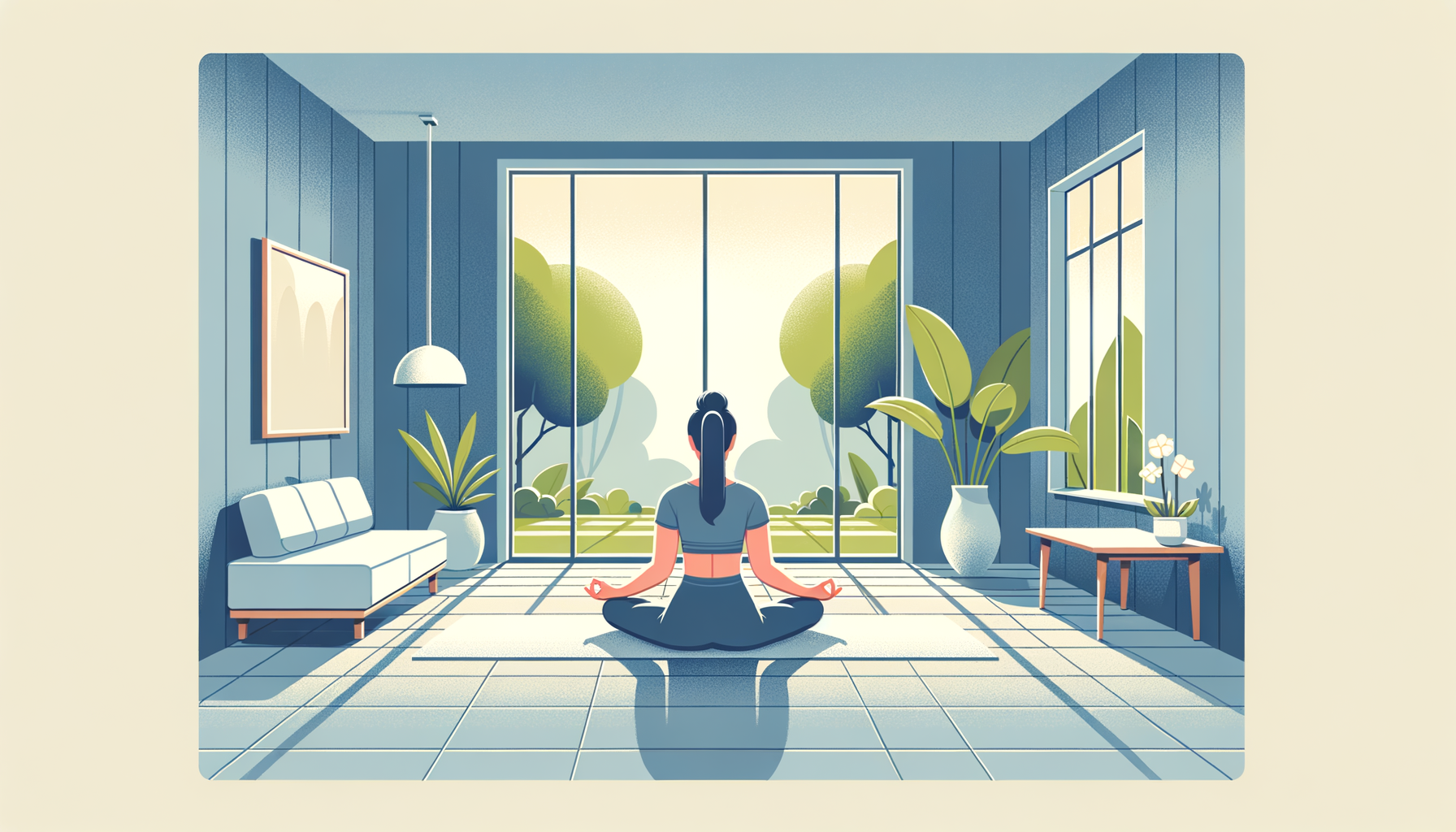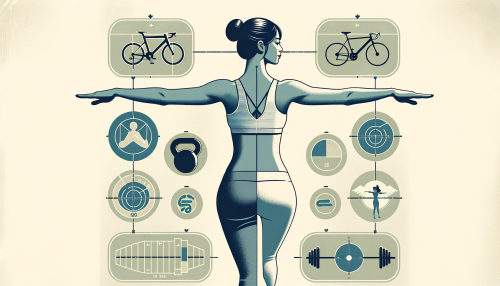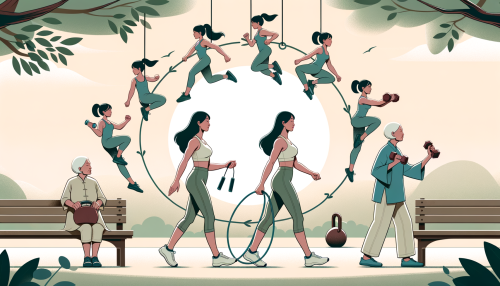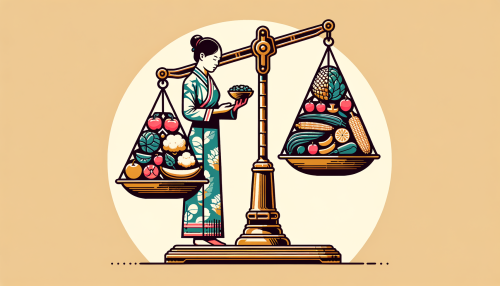Introduction
In the grand tapestry of existence, the pursuit of longevity has been a constant thread. The quest for a long, healthy life is as old as time itself. Yet, the secret to achieving this coveted goal may lie not in elusive elixirs or cutting-edge medical breakthroughs, but in the simple act of daily movement. This article delves into the profound impact of regular physical activity, reframed as a ritual, on enhancing longevity.
Ritualizing Daily Exercise

The concept of ritualizing daily exercise is a transformative approach to physical activity. It’s not merely about the act of moving, but the intention and mindfulness behind it. When exercise becomes a ritual, it transcends the realm of physicality and enters the sphere of spirituality and mental well-being. It becomes a sacred act of self-care, a daily commitment to the temple that is our body.
Ritualizing exercise involves creating a consistent routine that is imbued with purpose and meaning. It’s about making a conscious decision to engage in physical activity, not out of obligation or societal pressure, but out of respect and love for one’s body. This shift in perspective can make exercise a more enjoyable and fulfilling experience, thereby increasing the likelihood of adherence.
Moreover, the ritualization of exercise can also foster a deeper connection with one’s body. It encourages mindfulness and presence during physical activity, allowing one to truly tune into the body’s needs and responses. This heightened body awareness can lead to better exercise execution, injury prevention, and overall improved physical health.
Movement for Longevity
The link between movement and longevity is well-documented in scientific literature. Regular physical activity has been shown to reduce the risk of various chronic diseases, including heart disease, diabetes, and certain types of cancer. It also promotes mental health, improves bone and muscle strength, and enhances balance and coordination.
However, the benefits of movement extend beyond the physical. Regular exercise also contributes to cognitive health, helping to maintain memory and thinking skills as we age. It can also boost mood and alleviate symptoms of depression and anxiety, contributing to overall mental well-being.
Furthermore, movement fosters social connections, another key factor in longevity. Group exercises or sports can provide opportunities for social interaction, reducing feelings of loneliness and isolation. It also instills a sense of community and belonging, which can have a positive impact on mental health and longevity.
Consistency in Physical Activity
Consistency in physical activity is a crucial element in the longevity equation. It’s not about intense, sporadic bouts of exercise, but regular, moderate activity. Consistency ensures that the benefits of exercise are sustained over time, contributing to long-term health and longevity.
Maintaining consistency in physical activity can be challenging, especially in the face of busy schedules and competing priorities. However, viewing exercise as a non-negotiable daily ritual can help overcome these barriers. It’s about carving out time each day for physical activity, just as one would for eating or sleeping.
Moreover, consistency doesn’t mean monotony. Varying the type of exercise can keep the routine interesting and engaging, reducing the likelihood of burnout. It also allows for a well-rounded fitness regimen that targets different aspects of physical health.
Conclusion
In conclusion, daily movement, when ritualized and performed consistently, can be a powerful tool for longevity. It’s not just about adding years to life, but adding life to years. By embracing the ritual of daily exercise, we can enhance our physical and mental health, foster deeper connections with our bodies, and ultimately, pave the way for a longer, healthier life.





